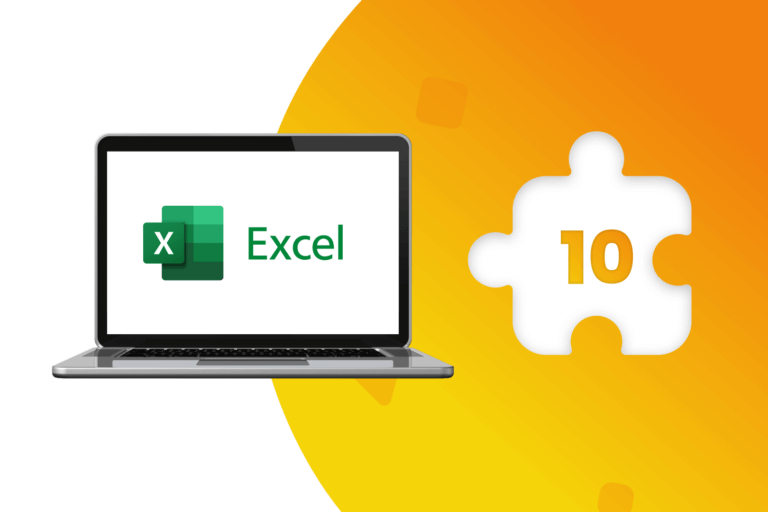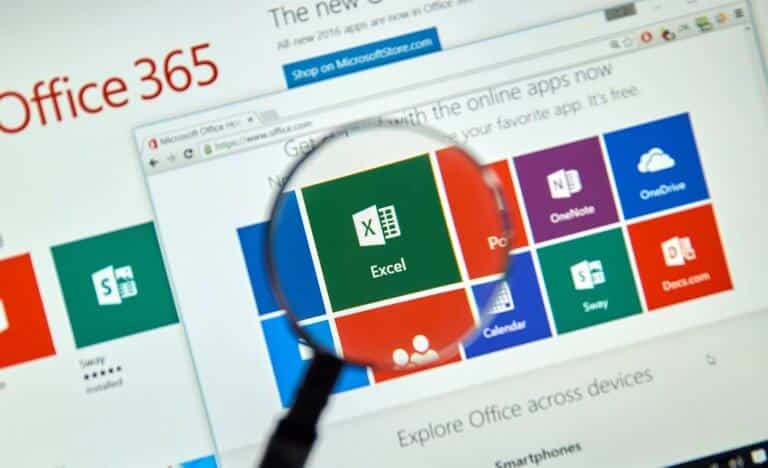Despite the technological and functional differences, the intense struggle between Google Android or Apple iOS to conquer the smart mobile device market does not have a clear dominator, and only opts for the individual preferences of each user.
The software market is, without a doubt, one of the most competitive and agile within the entire technological spectrum, a characteristic that is expressed in a constant dispute to capture consumer preferences, through constant modernizations and updates.
However, in recent years this dispute has been particularly fierce in the segment of smartphones and their operating systems. A scenario that today dominates, almost without counterweight, two giants whose products set the tone for all the present and future development of this category: Apple (iOS) and Google (Android).
Just a decade ago, this commercial dispute was based on clearly differentiated aspects that are easy to notice by the followers of each respective technology. However, today these distinctions are more tenuous, especially in relation to the customization and functions of each operating system.
Therefore, the purchase option is finally decided based on certain “technical subtleties” that may be more valuable for one or another consumer, depending on the use that they finally give to their Google Android or Apple iOS mobile devices. For example, leisure, work, or both dimensions at the same time.
More opening or better security restrictions?
This feature must be, without a doubt, the most marked difference between Google Android or Apple iOS, considering the fact that Android works mainly in an open environment, while iOS works in a completely closed environment. Although the latter point can be considered negative, the truth is that Apple uses this distinction to provide a greater guarantee of security (an argument that also helps its market positioning).
This implies that the applications available for the iOS system must comply with strict guidelines established directly by Apple and, in addition, pass an exhaustive quality and security control. In this way, it is intended to guarantee both the optimal performance of the equipment, as well as the protection of data and user experience.
Therefore, since iOS 7 version all mobile devices using this operating system are linked to the user’s Apple ID, which is unique and invariable. In this way, even if the equipment is erased or formatted, it cannot be used without that account, which protects both the hardware and all the owner’s data, in the event of theft.
Android, on the other hand, works on the basis of granting maximum freedom to app creators, which allows a huge availability of solutions and tools that can be freely downloaded from the App Store to the phone. This, however, opens up the possibility of an invasion of poor-quality applications, requiring unexpected payments, or causing equipment malfunction. It even poses the risk of being infected by malicious files, viruses and malware. Weakness that began to be corrected since Android 6.0 version, but that still opens too many doors to unknown risks and dangers.
From the security point of view, Android devices must also be associated with a specific Google account when we use them for the first time, but this restriction can be “bypassed” if the equipment is formatted through a special process.
Intuitive use vs. “Marketing chaos”
In the field of user interaction, Apple tries to make its operating system as intuitive as possible. For example, all the system settings can be found in one place, well identified and ordered, unlike Android, which mostly depends on the design features that each phone manufacturer deems appropriate.
This means that Android menus have a huge multitude of options and buttons to interact. In many cases, it is not quite clear where to press to access a specific function or app, which could cause confusion in the user.
Apple’s facilities are also reflected in the possibility of making video calls via ‘FaceTime’, without installing new applications or opening additional accounts, such as those required by an Android phone to perform the same function.
In addition, the intuitive interface of iOS automatically orders in a grid the apps that the user installs. This feature is in addition to the fact that the structure of the operating system is so simple that there are no unnecessary menus or options that we have to access from different places. What´s on the screen is what “we actually have” on our phone.
More powerful hardware or better performance?
At the hardware level, Android requires machines with greater availability of RAM memory and processors with more cores, in order to support future updates and work with the same fluidity that iOS devices have today.
Although many users find this a cause for surprise, and even criticism, the truth is Apple does not need more, because that is precisely one of its greatest strengths. Delivers much more, with fewer system requirements.
Range and customization options
One of Apple’s negative aspects is that it only offers high-end equipment. This is because, according to their spokesmen, the devices are made of high-quality materials and developed with the utmost care. Marketing strategy that today allows them to put the highest price that the client is willing to pay, and that currently does not fall below US$ 500.
On the other hand, Android offers a greater assortment of ranges, with prices that fluctuate between approximately US$ 80 and US$ 800, depending on the specifications of each manufacturer. Although this feature allows their phones to be accessible to all types of consumers, it is also a double-edged sword, since a low-end device will not respond with the same fluidity or quality, it will not be able to support future updates, and it could even have problems of space in a very short trim.
This characteristic translates into a huge diversity of technical and aesthetic configurations, as each phone manufacturer installs its own interface, with new functions and buttons, to distinguish itself from others and make its products more attractive. This causes the menus to have different layouts, and can be very confusing for users.
On the contrary, iOS is a closed system and totally controlled by Apple, without any other intermediary. This allows any contingency or security problem to be quickly resolved. While manufacturers that operate with Android take much longer to adapt their equipment, each time a patch or system update is generated. Processes that can take even longer, depending on the characteristics of each model and the target markets.
Privacy and memory
Without a doubt, Apple devices offer a higher level of privacy, making it practically impossible to decrypt an iPhone or iPad. Therefore, the company can only collect information from its users, for the development of future updates, anonymously and through an optional function, which can be activated or deactivated at the discretion of each person.
In accordance with this philosophy, iOS devices only operate with internal or virtual memory. To access the latter option, we have to hire one of the plans offered in the Apple iCloud. This implies that SD cards cannot be used, with the only exemption of special adapters connected to the Lightning port, which are very cumbersome and impractical.
Android, on the other hand, does allow the use of SD cards, and they even offer the possibility of encrypting them to provide more security to users. Characteristic that is not only in accordance with the open system philosophy, but is also very necessary, because these smartphones occupy more internal memory space and system resources.
Integration with the ecosystem
iOS only allows integration with Apple products (Mac, iPad, iPhone and Apple TV), which offer high quality and maximum performance. This allows, for example, to work interchangeably from an iPhone to a Mac, synchronize photo albums on all devices, or answer a call or email on any of them. However, these are high-cost solutions that only few people are willing to pay.
Another aspect that combines the “love and hate” of users is the need to use “iTunes” software to transfer music and videos from the computer to the phone. This forces an extra step, in comparison with Android systems, but in compensation it allows to improve the quality of the files and provides more protection against any hidden malware or harmful files.
Android, in turn, does not have the same multifunctional integration capabilities between phone and computer, so we must resort to third-party applications (such as Airdroid, for example) to match this advantage.
However, Android does allow us to download any file from the Internet to our phone, just like on a computer, which makes life a lot easier, but carries the same risk of being infected with viruses or malware, so we always have to be very attentive to the source of downloads.
Download the DataScope app and start now!
DataScope is the ideal tool to eliminate paper use, save time, and efficiently collect data from the field. It allows companies to streamline, organize and evaluate field work thanks to its online forms, which provide indicators in real time, 100% adaptable to any area.
With DataScope, your team can answer custom mobile forms from their phones or tablets, online or offline, through the app.







